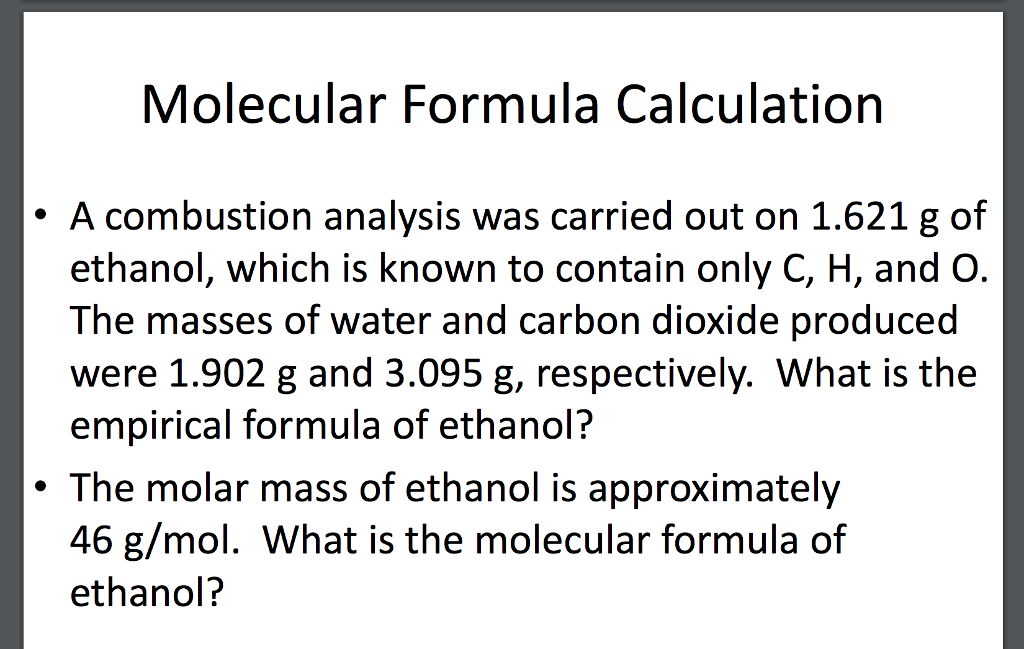


This solvent is used to decaffeinate coffee beans and tea leaves (when supercritical CO 2 extraction is not possible). It’s often used to clean circuit boards and in various nail polish removers, for example (acetone is also used). Strong bases cause the Claisen condensation to produce ethyl acetoacetate under anhydrous conditions:īecause of its inexpensive cost, low toxicity, and pleasant odour, ethyl acetate is commonly employed as a solvent and diluent. This process produces ethanol as well as sodium acetate, which is inert to ethanol:ĬH 3CO 2C 2H 5 + NaOH → C 2H 5OH + CH 3CO 2Na Bases speed up the hydrolysis, which is subject to the above-mentioned Fischer equilibrium.Įthyl esters are routinely hydrolyzed in a two-step method in the laboratory, usually for illustrative purposes only, commencing with a stoichiometric quantity of a strong base, such as sodium hydroxide. When ethyl acetate is hydrolyzed, acetic acid and ethanol are produced. With I2, phenol, and bis(hexafluoroacetylacetonate)copper, it forms 1:1 adducts (II). The Lewis basicity of ethyl acetate is only moderate. It is a volatile organic compound that is an acetate ester, an ethyl ester, and an acetate ester. It functions as a polar aprotic solvent, an inhibitor of EC 3.4.19.3 (pyroglutamyl-peptidase I), a metabolite, and a metabolite of Saccharomyces cerevisiae. The acetate ester produced by acetic acid and ethanol is ethyl acetate. The organic molecule ethyl acetate (systematically ethyl ethanoate, frequently abbreviated EtOAc, ETAC, or EA) has the formula CH 3COOCH 2CH 3, simplified to C 4H 8O 2.Įthyl acetate (C 4H 8O 2) is a colourless, aromatic, volatile, flammable liquid ester that is employed as a solvent.


 0 kommentar(er)
0 kommentar(er)
